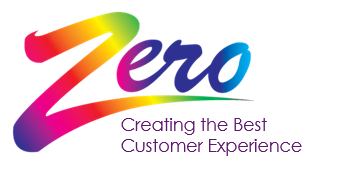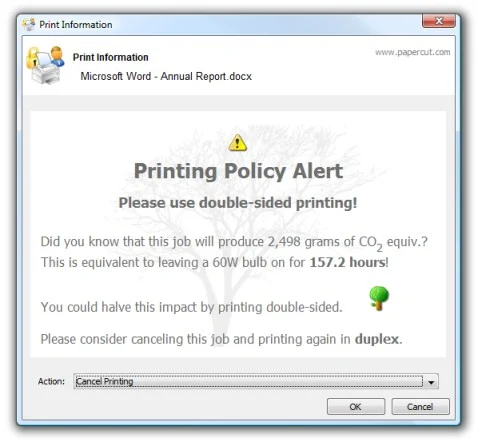Printing is an essential part of any business operation. Yet, it can also be a source of frustration, especially when it comes to controlling costs and reducing waste.
Fortunately, rules-based printing offers a solution that can help companies save time, money, and resources. This blog post will explore the benefits of rules-based printing and how it can transform your business printing strategy.
What is Rules-Based Printing?
Rules-based printing is a software solution that enables businesses to control their printing environment through a set of predefined rules. These rules can include everything from controlling user access to specific printers, setting printing quotas, enforcing duplex printing, and much more.
With rules-based printing, businesses can automate their printing policies and eliminate manual interventions, which can lead to increased efficiency and reduced printing costs.
How Does Rules-Based Printing Work?
Rules-based printing software integrates with your existing printing infrastructure, allowing you to create a set of rules that define how your printing environment should operate.
These rules can be based on a variety of factors, such as user roles, departments, and printer settings. Once the rules are set up, the software automatically enforces them, ensuring that all print jobs adhere to the predefined policies.
Benefits of Rules-Based Printing:
- Increased Efficiency: it eliminates manual interventions, streamlines the printing process, and improves productivity.
- Cost Savings: By enforcing print policies, businesses can reduce printing waste, save on paper and toner costs, and optimise printer usage.
- Improved Security: it enables businesses to control user access to specific printers, ensuring sensitive documents are not printed or accessed by unauthorised personnel.
- Simplified Management: By automating printing policies, businesses can reduce the burden on IT staff, freeing them up to focus on more strategic initiatives.
- Sustainability: helps businesses reduce their environmental footprint by enforcing duplex printing, reducing paper waste, and optimising printer usage.
Features of Rules-Based Printing:
User Authentication:
Enabling businesses to control who has access to specific printers and print jobs, ensuring sensitive documents are not printed or accessed by unauthorised personnel.
Print Quotas:
Businesses can set printing quotas for individual users, departments, or printer groups, ensuring that printing costs are kept under control.
Duplex Printing:
Rules-based printing can enforce duplex printing by default, reducing paper waste and lowering printing costs.
Print Routing:
You can route print jobs to the most cost-effective printer based on predefined policies, saving money on toner, paper, and other printing costs.
Printer Usage Reports:
Generate reports that provide insights into printer usage, print volumes, and cost-per-page, enabling businesses to optimise their printing environment.
Best Practices for Implementing Rules-Based Printing
- Define Your Printing Policies: Before implementing rules-based printing, define your printing policies, including user roles, print quotas, duplex printing, and print routing.
- Test Your Policies: Before rolling them out, ensure they work as intended and identify potential issues.
- Communicate with Your Staff: Communicate the new printing policies to your staff and provide training on how to use the new system.
- Monitor Your Printing Environment: Regularly monitor your printing environment, generate usage reports, and make adjustments to your policies as needed.
What Next?
Rules-based printing can help businesses save money, time, and resources while also improving security and compliance.
By using this approach, businesses can automate print-related tasks, reduce waste, minimise human error, and simplify their print environment. With the right rules-based printing solution, companies can create customised printing policies that align with their specific needs and goals.
If you want to implement rules-based printing in your organisation, start by identifying your printing pain points and goals. Then, look for a rules-based printing solution that meets your requirements and offers the necessary features and benefits.
Be sure to test the solution in a pilot environment before deploying it across your entire organisation. With the right rules-based printing solution in place, you can take control of your printing environment and reap the rewards of greater efficiency, security, and cost savings.
If you’re interested in learning more or implementing rules-based printing in your business, please don’t hesitate to get in touch with us. Our team of experts can help you optimise your printing process, reduce costs, and improve your overall efficiency.
Contact us today to schedule a consultation –
Email: enquiries@www.zeroenterprises.co.uk
Telephone: 03333 207 200

